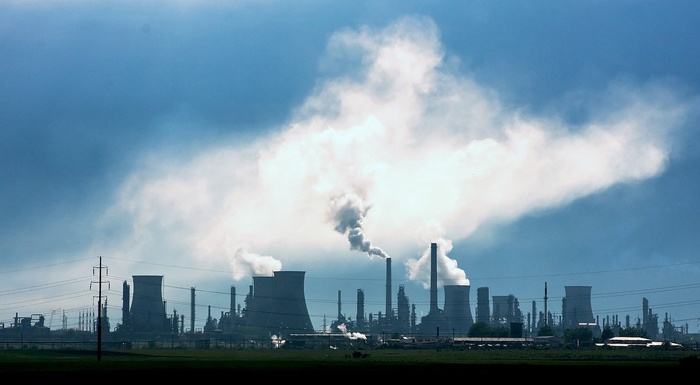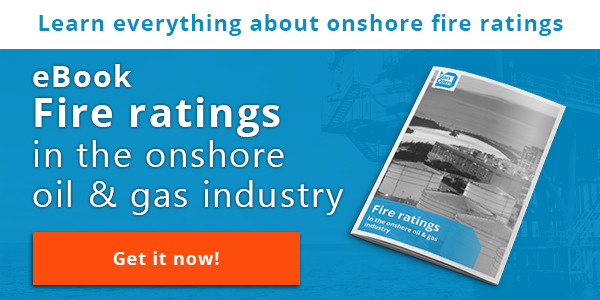The importance of passive fire protection for oil refinery safety


Various potentially hazardous chemicals are processed on a daily basis in oil refineries. These chemicals pose a great threat to safety for people and equipment when they come in contact with fire. Installing active fire protective systems such as sprinklers and fire extinguishers are in most cases not sufficient. In order to safeguard the safety of people and limiting the spread of fire, a passive fire protection approach is necessary and should be an integral part of the overall oil refinery structure.
Passive fire protection (PFP) is, as the name suggest, a form of fire safety that is inert during normal situations but becomes active during a fire event. This is achieved by compartmentalizing and applying protection to openings within the structure. The main goals of PFP are to limit the spread of fire and smoke by containing it in a single compartment, to protect escape routes to ensure effective evacuation and to protect the building/structure.
Compartmentalization of the oil refinery to contain the spread of fire
Compartmentalizing a structure means simply dividing it into sections that can be closed off from one another during an emergency. For instance, when a fire starts in one compartment, it can be contained and prevented from spreading to other compartments. In this way, people can be evacuated safely and the fire can be extinguished easily.
Structures and building are compartmentalized by means of fire and blast resistant walls and doors. Each compartment has its own fire rating, because some compartments face higher risks of fire than others. For example, rooms nearby the area of chemical production and manufacturing are in need of a higher level of protection. Walls and doors installed in such compartments are engineered according to the needed requirements in order to make sure that each compartment has its own fire rating, thus required protection.
Intumescent materials for fire resistant compounds
Passive fire protection is not complete without the application of intumescent seals. Once the whole structure is compartmentalized the work is not done yet. Each compound that can be opened and closed, such as doors and windows, need to be made fire proof by applying fire barriers in order to ensure their fire resistance. Intumescent seals ensure that these openings can be closed instantly.
An intumescent seal consists of an intumescent substance that swells into a stable, low-pressure, foam-like material after being exposed to heat. The volume increase fills the gap between doors and frames, windows and frames and within fire-resistant glass. In this way, the passage of fire, toxic gasses and smoke is prevented.
Passive fire protection is built into a structure to provide stability and to make the risk manageable by compartmentalization. In doing so, the spread of fire is contained and slowed down. Due to passive fire protection efforts personnel can be evacuated whilst being protected by the materials from which the building is constructed (fire and blast resistant walls, doors and windows) or intumescent materials which are added to the structure to enhance its fire resistance.
Download our eBook Fire ratings in the onshore oil & gas industry for more information about passive fire protection in oil refineries.






